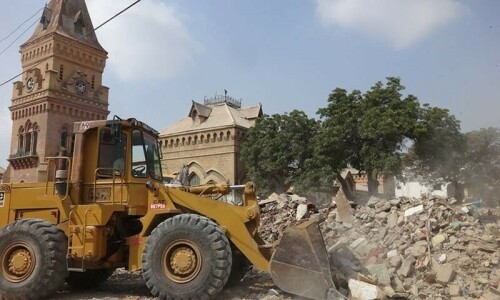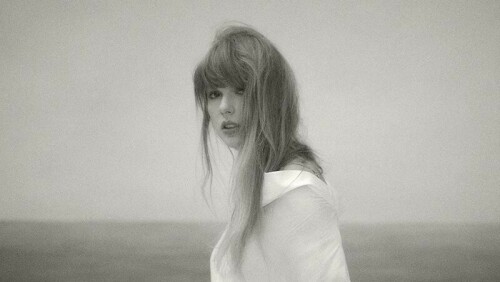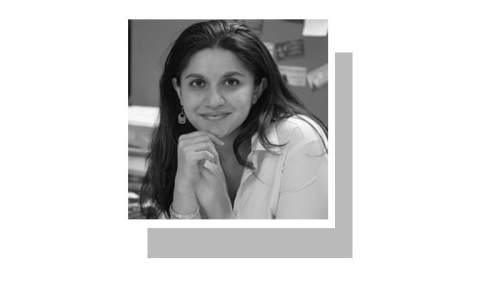THATTA: A team of archaeologists, heritage lovers, historians and other experts will be set up soon to hold an inquiry into the alleged mishandling of the restoration and rehabilitation of the 424-year-old tomb of Mir Sultan Ibrahim (1556-1592 AD) — a ruler of the Turkhan dynasty — at the Makli necropolis, archaeology director Qasim Ali Qasim said while speaking to Dawn on Tuesday.
“It would be a comprehensive probe covering all aspects of the alleged mishandling of the monument by unqualified professionals, unskilled labour and substandard material that has led to damage to the tomb,” he said.
Mr Qasim acknowledged receipt of a letter on Feb 16 from former culture secretary Hameed Akhund, who heads the Endowment Fund Trust for Preservation of Heritage of Sindh, and said it served to timely apprise the department of the alleged damage to the site.
An inquiry team was promptly set up and it would hopefully start its job very soon, he said. He said that after coming to know about the concern expressed by experts and history aficionados, a Unesco team visited the site on Feb 20 and was preparing its report.
An amount of $260,000 was earmarked out of the ‘Ambassador’s Fund for Culture Preservation’ (AFCP) and the launch of this first heritage preservation project in Sindh was held on Sept 16, 2014.
The project was inaugurated by the then US Ambassador, Richard G. Olson, at the ceremony which was also attended by US Consul General at Karachi Brian Heath, Sindh Minister for Culture Sharmila Farooqui and Yasmeen Lari of the Heritage Foundation of Pakistan, as well as senior officials of relevant departments and members of civil society organisations. Meanwhile, Mr Akhund confirmed that the archaeology department in response to his letter acknowledged that the dome of the Sultan Ibrahim tomb had been damaged by M/s Heritage Foundation.
He said that Archaeology Director Qasim Ali Qasim in his official communication dated Feb 16 also informed him that necessary action to fix responsibility was under way and that the matter had been reported to the minister for culture, as well as the secretary and the adviser to the chief minister.
Mr Akhund alleged that the restoration and rehabilitation work had been carried out by unskilled labour and unqualified professions.
He said the mishandling and inappropriate methods employed by them caused cracks in the dome. Its outer layers also peeled off, he added.
The Heritage Foundation, he claimed, did not even produce its restoration and rehabilitation plan to the culture or archaeology department.
Other historians and experts including Dr Mohammad Ali Manjhi, Sadiq Lakho, Ahmed Memon, Allah Juriyo Burfat and Ramzan Memon also expressed their concern over the damage caused to the monument.
Heritage Foundation focal person Yasmeen Lari could not be approached for her comment despite repeated attempts by this reporter.
Published in Dawn, February 24th, 2016

















































Dear visitor, the comments section is undergoing an overhaul and will return soon.